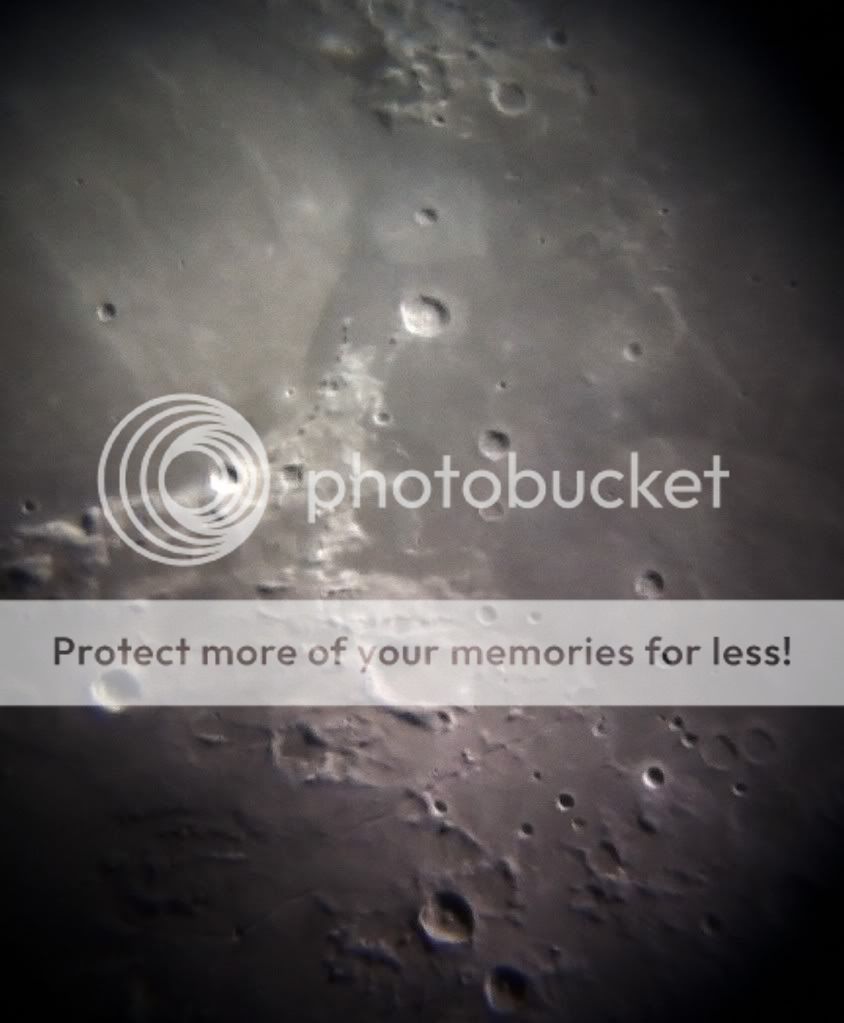Photographer: Victor Lupu
Optics: Celestron C8-Newtonian telescope, plossl 20mm, 2x Barlow
Mount: CG5 (EQ5)
Device: Sony CX105
Filter: No
Date: 10/02/2011
Location: Baia Mare, Romania
Processing: 10 Sony Vegas, video captures
Julius Caesar (90 km), is a lunar crater flooded by lava, with low, irregular and heavily worn walls, and with a depth of 3.4 km. It is located west of Mare Tranquillitatis and Manilius crater southeast of the Mare Vaporum. To the east is Sosigenes (18 km). Julius Caesar has levels on the interior, especially in the south-vest.The northern half interior has a darker albedo than the south. Most likely the floor was covered by the impact that created the Imbrium basin. There are a number of residues which overlap along the edge of the south and north-eastern edge. A low ridge crosses the floor in the northeast section of the crater.
Crater name comes from Gaius Julius Caesar (13 July 100 BC - 15 March 44 BC), who was a roman general and statesman. He played a critical role in the gradual transformation of the Roman Republic into the Roman Empire.
Other craters in the photos are Agrippa and Godin and Boscovich (46 km).
Photographer: Victor Lupu
Optics: Celestron C8-Newtonian telescope, plossl 20mm, 2x Barlow
Mount: CG5 (EQ5)
Device: Sony CX105
Filter: No
Date: 10/04/2011
Location: Baia Mare, Romania
Processing: 10 Sony Vegas, video captures
Optics: Celestron C8-Newtonian telescope, plossl 20mm, 2x Barlow
Mount: CG5 (EQ5)
Device: Sony CX105
Filter: No
Date: 10/02/2011
Location: Baia Mare, Romania
Processing: 10 Sony Vegas, video captures
Julius Caesar (90 km), is a lunar crater flooded by lava, with low, irregular and heavily worn walls, and with a depth of 3.4 km. It is located west of Mare Tranquillitatis and Manilius crater southeast of the Mare Vaporum. To the east is Sosigenes (18 km). Julius Caesar has levels on the interior, especially in the south-vest.The northern half interior has a darker albedo than the south. Most likely the floor was covered by the impact that created the Imbrium basin. There are a number of residues which overlap along the edge of the south and north-eastern edge. A low ridge crosses the floor in the northeast section of the crater.
Crater name comes from Gaius Julius Caesar (13 July 100 BC - 15 March 44 BC), who was a roman general and statesman. He played a critical role in the gradual transformation of the Roman Republic into the Roman Empire.
Other craters in the photos are Agrippa and Godin and Boscovich (46 km).
Optics: Celestron C8-Newtonian telescope, plossl 20mm, 2x Barlow
Mount: CG5 (EQ5)
Device: Sony CX105
Filter: No
Date: 10/04/2011
Location: Baia Mare, Romania
Processing: 10 Sony Vegas, video captures




 Wednesday, June 22, 2011
Wednesday, June 22, 2011
 Unknown
Unknown









 Posted in:
Posted in: 


0 comments:
Post a Comment